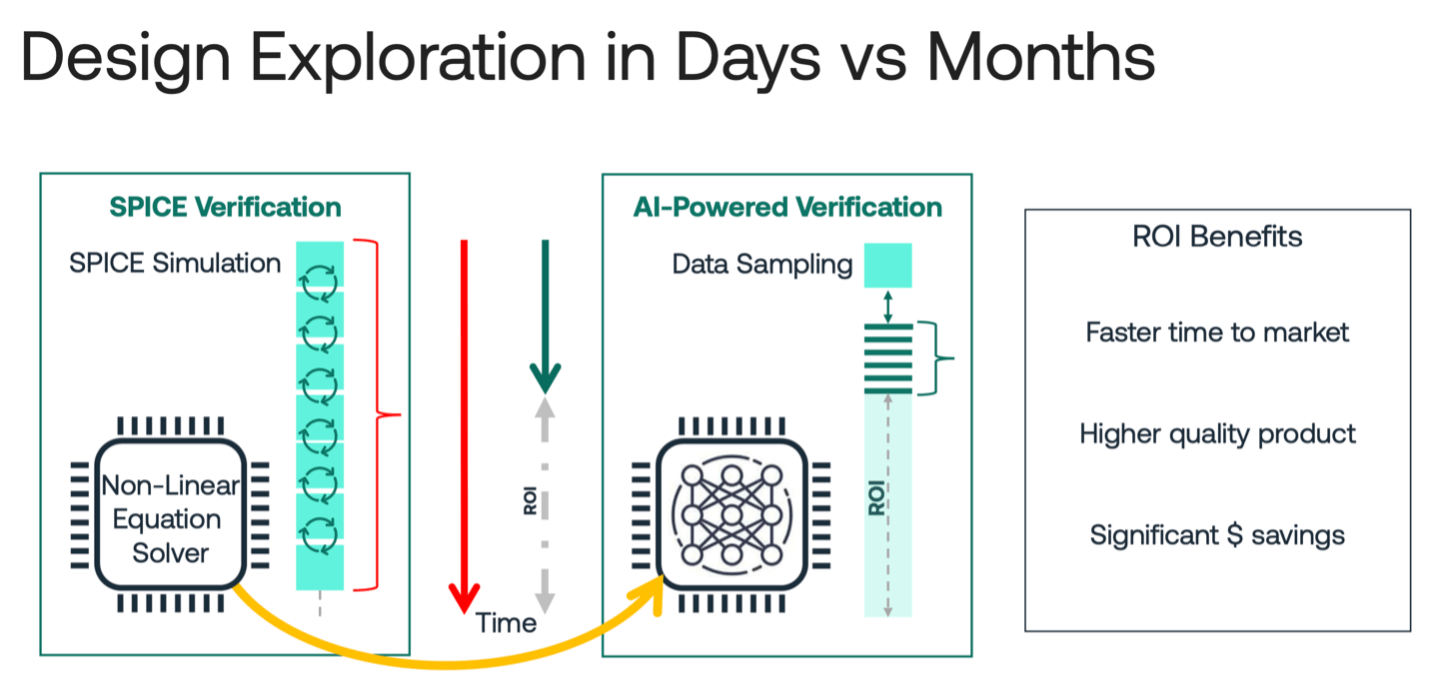Innovation in analog design moves slowly, not from lack of desire for better methods from designers or lack of effort and ideas from design tech innovators, but simply because the space is so challenging. Continuous time and signals, and variances in ambient/process characteristics represent a multi-dimensional space across which a designer must prove stability and performance of a design. An abstraction seems like the obvious answer but a workable solution has not been easy to find. Mach42 have an ML-based answer which may just be the breakthrough designers have been looking for.
Why Analog Design is Hard
The reference engine for verifying design correctness is SPICE, which is very accurate but also slow to execute. Recent advances can accelerate performance with some compromise in accuracy, but simulator speed is only part of the problem. While an analog design has relatively few active components, simulation must be run across wide ranges of process parameters and ambient conditions to validate behavior. Sampled simulations across these range in the form of Monte-Carlo (MC) analysis or more recently Scaled Sigma Sampling (SSS) are the state of the art. These demand massive compute resources or run times to handle multi-dimensional sampling grids in which process parameters, voltages, currents, RLCs, temperatures, etc can range between min, max and nominal values.
That kind of overhead might be mandatory for tape out signoff where SPICE accuracy is essential but can be a real drag on productivity during design exploration, limiting experimentation to an uncomfortable fit between program schedules and massive MC/SSS runtimes. A better approach would be a model abstraction good enough to support fast iteration, while still allowing for full SPICE confirmation as needed.
Mach42 Discovery Platform
Mach42’s Discovery Platform builds a surrogate model using ML methods, harvesting existing simulation run results together with additional runs drive the training the AI architecture. After initial training on available simulation runs, or SPICE runs across a starter grid, Mach42 point to a couple of important innovations in their approach. These include active learning to enhance accuracy around regions in the model with high variance and a reconfigurable neural net architecture to guide to 90% model accuracy, or to allow a user to push harder for higher accuracy. I’m told that training takes no more than a few hours to an overnight run.
The 90% level is a reminder that this platform aims at fast exploration with good but not perfect accuracy. It’s a fast emulator to accelerate discovery across design options, with an expectation that final confirmation will return to signoff accuracy SPICE. That said, 90% is the same level promised by FastSPICE (over 90% accuracy), but for Discovery Platform with much faster model performance (their models don’t need to re-simulate).
This performance is important not only to get a fast abstract model. Training refinement can also find out-of-spec conditions in key performance metrics: GBW, Gain, CMRR, etc. Further this model can be invaluable to use against system level testing, to incorporate package and board level parasitics while the analog design is still in development, not just for the basics but to check for potential problems such as V/I levels, power, and ringing. That seems to me a pretty important capability to verify compliance with system level expectations early on.
Bijan Kiani, CEO of Mach42 (previously VP of marketing at Synopsys and CEO of InCA), drew an interesting comparison with PrimeTime (PT). Before such tools, simulators had to be used for timing analysis. Now, no- one would dream of using anything but PrimeTime or similar STA tools. Mach42’s models can elevate analog verification to a similar level.
Status and Looking Forward
Mach42 are building on ML technology they already have in production in a very different domain (nuclear fusion), so they had a running start in this analog application. They tell me that the Discovery Platform is already well into active evaluations with multiple customers. Mach42 also have a Connections partnership with Cadence on Spectre. In fact you can register to review a related video here.
This all looks very promising to me. Also promising is that the company is in development to build Verilog-A models in this flow. Which will be great naturally for AMS designers but also points to a possibility to develop RNM models that could be used in digital verification, notably with hardware accelerators. This would be a major advance since I hear that developing such models is still a hurdle for analog design teams. An automated way to jump over that hurdle could open the floodgates to extensive AMS testing across the analog-digital divide!
You can learn more about Mach42 HERE.
Also Read:
CEO Interview: Bijan Kiani of Mach42
Share this post via:






Comments
There are no comments yet.
You must register or log in to view/post comments.